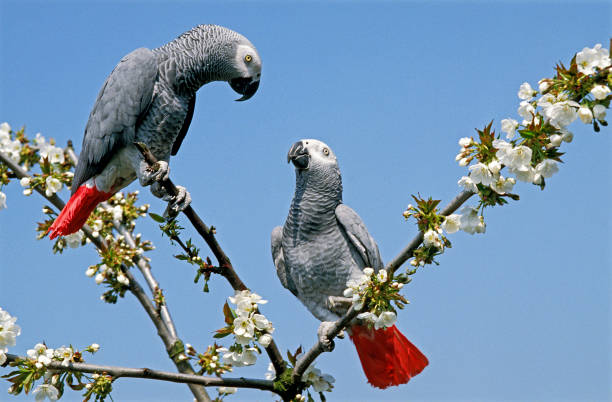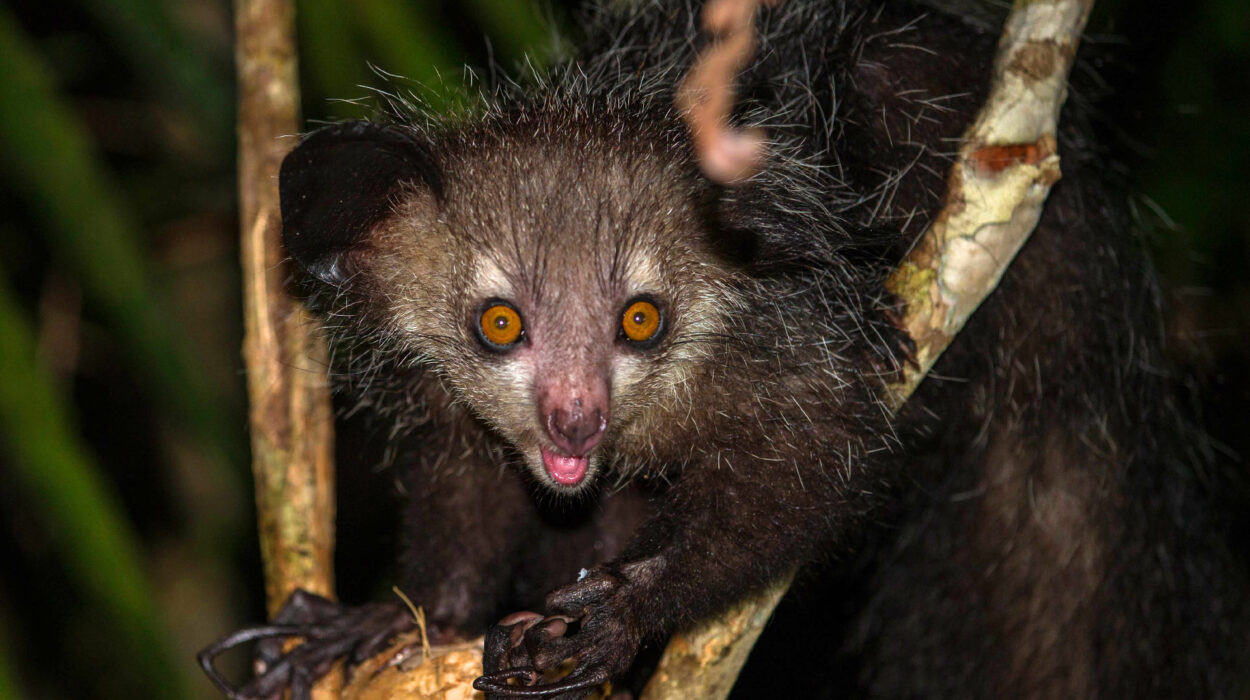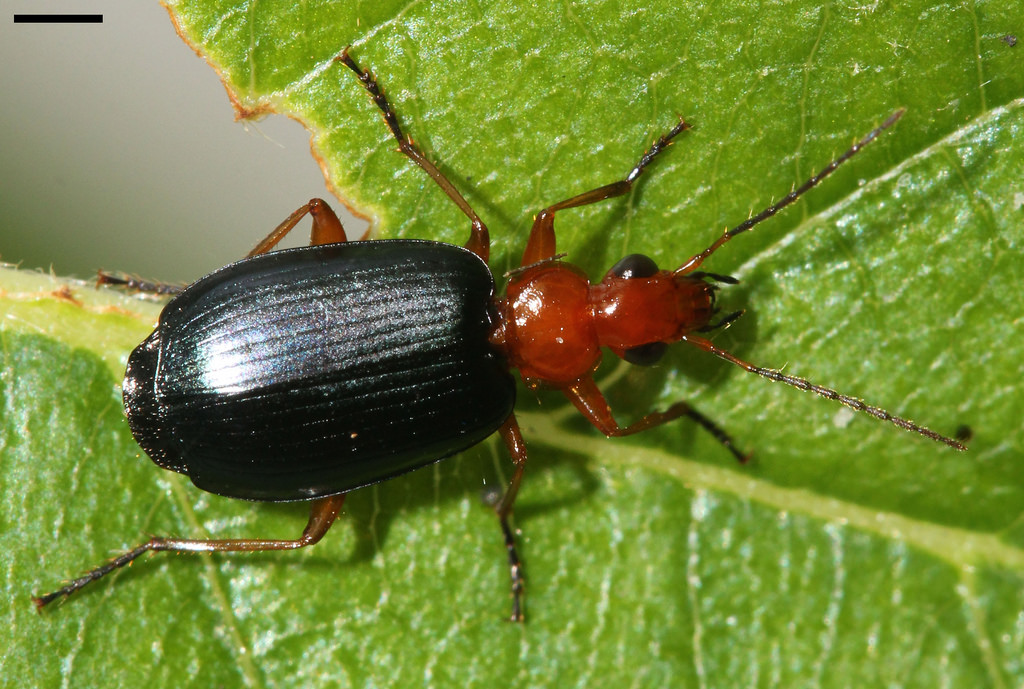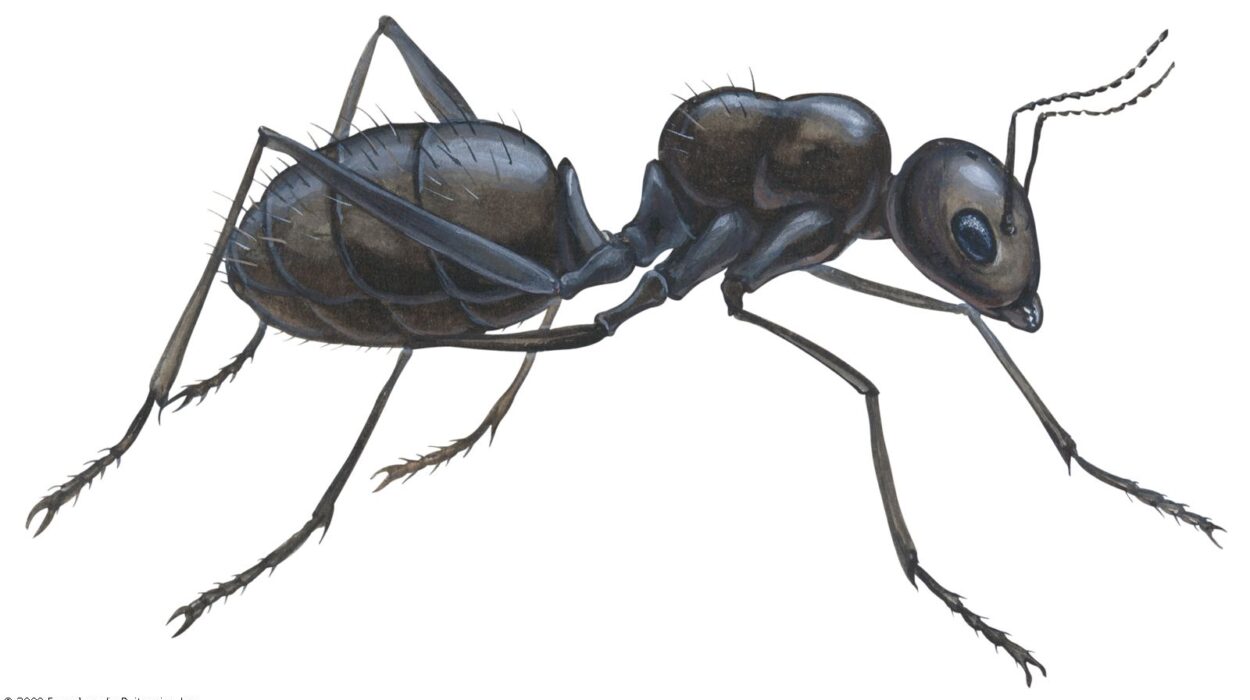Imagine walking into your living room and hearing a clear, cheerful “Hello!” — only to realize it didn’t come from a person, but from your feathered friend perched on a branch. Among the wonders of the animal kingdom, few things are as mesmerizing as a bird that can talk. These winged mimics, with their uncanny ability to reproduce human speech, laughter, and even song, remind us just how intelligent and emotionally connected animals can be.
Talking birds don’t simply mimic sounds; many understand emotional cues, respond to context, and even form deep bonds with their human companions. Scientists have spent decades studying how and why these birds can imitate human language, and the results reveal astonishing insights into memory, learning, and social communication.
Here are 15 of the smartest birds known to talk — not just chirp or whistle, but actually “speak” in ways that surprise even seasoned researchers.
1. African Grey Parrot – The Einstein of the Bird World
If intelligence had feathers, it would look like the African Grey Parrot. Often called the “Einstein of birds,” this species is the undisputed champion of avian intelligence and speech.
Native to the rainforests of West and Central Africa, African Greys possess remarkable cognitive abilities. Studies have shown they can understand concepts like color, shape, number, and even zero — something once thought unique to humans.
The most famous African Grey, Alex, studied by Dr. Irene Pepperberg for 30 years, could use over 100 words meaningfully. He could identify objects by color and material, understand the concept of “same” and “different,” and even express frustration when bored. When Alex passed away in 2007, his last words to Dr. Pepperberg were heartbreakingly human: “You be good. I love you.”
African Greys don’t just mimic — they communicate. Their speech carries intention, emotion, and personality. In homes, they often form strong emotional bonds with their owners, learning not just words but the rhythm of human conversation.
2. Budgerigar (Budgie) – The Tiny Talker with a Big Vocabulary
Don’t be fooled by their small size — budgies are among the best talkers in the bird world. These cheerful parakeets from Australia can develop vocabularies of over a thousand words, rivaling even African Greys.
What’s remarkable about budgies is their clarity. When trained consistently, they can pronounce words distinctly, often with endearing mimicry of tone and emotion. One record-holding budgie, Puck, entered the Guinness World Records for knowing over 1,700 words!
Budgies learn speech through repetition and social connection. They’re incredibly observant and mimic the voices they hear most often, sometimes matching pitch, gender, and even accent. Their friendly personalities and small size make them popular as pets, especially for first-time bird owners who want to experience the joy of a talking companion.
3. Yellow-Naped Amazon – The Emotional Storyteller
The Yellow-Naped Amazon is a beautiful parrot from Central America, famous for its vivid green feathers and yellow neck marking. But what truly sets this bird apart is its emotional intelligence.
These parrots don’t just imitate sounds — they perform them. They can match human laughter, cry in sadness, and even create small dialogues that fit emotional moments. Owners often describe their Yellow-Naped Amazons as “theatrical,” switching tones and moods like seasoned actors.
Their voices are rich and expressive, capable of carrying complex melodies. In the wild, these birds communicate using regional dialects — an astonishing parallel to human language evolution. In captivity, their need for interaction is immense; without social engagement, they can grow lonely and depressed.
This makes them ideal for owners who truly want a companion — one who might one day say “I love you” and actually mean it in their own avian way.
4. Indian Ringneck Parakeet – The Charming Conversationalist
Graceful, intelligent, and incredibly curious, the Indian Ringneck Parakeet has been admired for centuries — even royalty in ancient India kept them as talking companions.
Indian Ringnecks learn to talk early, often around 8 to 12 months of age. Their speech is clear and melodic, and they can develop a vocabulary of 200–250 words when well-trained. Some even sing entire songs or mimic phone ringtones perfectly.
Their voices have a playful musicality — light, fast, and surprisingly human-like. They also tend to use speech contextually, often associating specific words with emotions or events. For instance, a Ringneck may say “good morning” when the curtains are opened or “bye-bye” when its owner leaves.
They are independent and a bit mischievous, but with patience and love, they form strong emotional connections and can talk endlessly with their favorite humans.
5. Eclectus Parrot – The Gentle Voice of the Tropics
Native to the rainforests of the Solomon Islands and New Guinea, the Eclectus Parrot is as visually stunning as it is intelligent. Males are bright emerald green, while females glow in shades of red and violet — a rare case of striking sexual dimorphism in parrots.
Their voices are soft and soothing, often described as “calmly articulate.” Eclectus parrots excel at imitating not just words but tones — they can mimic your laughter, your sighs, and even your distinct emotional inflections.
They thrive on interaction and often become deeply bonded with one or two humans. Many owners say their Eclectus talks in a “gentle conversation” tone, as though whispering secrets.
Because of their intelligence, they require mental stimulation — puzzles, games, and social play — to stay happy. When neglected, they can grow silent and melancholic. When loved, they speak with warmth and surprising empathy.
6. Blue-Fronted Amazon – The Confident Performer
With a splash of brilliant blue on its forehead and a personality to match, the Blue-Fronted Amazon is both charismatic and clever. Native to South America, this parrot has been a beloved pet for generations.
Known for their loud, clear voices, Blue-Fronted Amazons can master both words and songs. They often mimic laughter, coughs, and even background music with uncanny precision.
These birds are natural performers. They enjoy attention and will often start talking when they realize someone is watching. Their vocabulary may not be as vast as an African Grey’s, but their expressiveness makes them crowd favorites.
Their speech is full of personality — dramatic pauses, emotional tones, even jokes. They can form deep social bonds, often becoming the “life of the party” in any household.
7. Hill Myna – The Master Mimic of the Wild
Few wild birds can rival the Hill Myna when it comes to vocal mimicry. Found across South and Southeast Asia, this glossy black bird with bright orange-yellow wattles has one of the most human-like voices of any creature on Earth.
Hill Mynas don’t just repeat words — they capture pitch, tone, and rhythm so perfectly that it can be hard to tell the difference between a myna and a human speaker. They can whistle, sing, and mimic laughter with eerie accuracy.
In temples and villages across India and Thailand, mynas are cherished for their talkative nature. They learn quickly and adapt their speech patterns to the people around them. Some even imitate entire conversations, including the rise and fall of emotional expression.
Wild mynas have been known to mimic animal calls and environmental sounds, showing just how flexible their vocal range truly is.
8. Cockatoo – The Dancing Comedian
With their flamboyant crests and exuberant personalities, cockatoos are the rock stars of the parrot world. Whether it’s a Sulphur-Crested Cockatoo or a Goffin’s Cockatoo, these birds are as smart as they are entertaining.
Cockatoos can mimic speech, music, and even human laughter. But what sets them apart is their sense of rhythm. Researchers have found that cockatoos, like humans, can dance in time to music — a rare ability among animals.
One famous cockatoo named Snowball became an internet sensation for dancing perfectly to pop songs. This sense of rhythm and timing also makes their speech more expressive and animated.
They often use gestures — head bobbing, wing flapping, crest-raising — while speaking, as if performing a show. Their emotional intelligence is high, and they often mirror the moods of their human companions.
9. Quaker Parrot (Monk Parakeet) – The Tiny Engineer
The Quaker Parrot, also known as the Monk Parakeet, is a small bird with an astonishing brain. Native to South America, these parrots are known not only for their speech but also for their unique habit of building large communal nests — architectural marvels made of sticks.
Quakers can develop extensive vocabularies and often use speech contextually. They’re quick learners, affectionate, and mischievous — often talking back in cheeky tones or repeating phrases they hear frequently.
Their voices are bright and clear, and they’re known for having conversations with themselves when alone. Some owners claim their Quakers “talk for attention,” deliberately using words they know will get a reaction — a clear sign of intelligence and social awareness.
Their playful nature and love of mimicry make them among the most delightful small parrots to keep.
10. Double Yellow-Headed Amazon – The Singing Virtuoso
This bird doesn’t just talk — it performs. The Double Yellow-Headed Amazon is famous for its ability to sing opera, whistle entire melodies, and mimic human speech with theatrical flair.
Native to Mexico and Central America, this Amazon parrot has a commanding voice, capable of rich, emotional tones. It’s not unusual for one to learn both sides of a conversation or even mimic different people’s voices.
Their intelligence is remarkable, and they often understand the social context of speech. Some owners report their Amazons joining in on family laughter or singing along to favorite tunes.
In the wild, these birds use complex vocalizations to communicate across dense forests, which may explain their advanced vocal control. Their natural communication skills make them extraordinary talkers in captivity.
11. Rose-Ringed Parakeet (African Ringneck) – The Elegant Mimic
Cousin to the Indian Ringneck, the African Rose-Ringed Parakeet combines intelligence with elegance. Sleek, bright green, and incredibly social, these parakeets are graceful talkers with soft, melodic voices.
They can pick up speech quickly and enjoy learning new words, especially when emotionally engaged. Many African Ringnecks develop personalized phrases and respond to their names.
In ancient Egypt, these birds were considered sacred, often kept by nobles for their ability to mimic human speech. Their natural curiosity and friendly nature make them exceptional companions when given attention and training.
12. Sulphur-Crested Cockatoo – The Drama King
If there’s a bird that thrives on attention, it’s the Sulphur-Crested Cockatoo. This large white parrot with a bright yellow crest is both a chatterbox and a comedian.
Cockatoos of this kind are known for their loud, expressive voices. They can learn to say dozens of phrases and even use them at appropriate moments — “What are you doing?” when you’re busy, or “Come here!” when they want company.
They are emotionally sensitive and require deep social bonds. When happy, they talk endlessly, often combining human words with their own natural calls. When lonely or ignored, they may become moody or even mimic crying sounds.
Their speech may not always be as clear as smaller parrots, but their enthusiasm and personality make every word unforgettable.
13. Cacatua Goffini (Goffin’s Cockatoo) – The Inventive Thinker
Small but ingenious, the Goffin’s Cockatoo is one of the few birds observed using tools — and talking too. Native to Indonesia’s Tanimbar Islands, these cockatoos combine intelligence, playfulness, and social brilliance.
Their speech isn’t as polished as an African Grey’s, but they can learn to say phrases clearly and associate them with actions. They’re also known to invent new sounds or combine words in creative ways.
In experiments, Goffin’s Cockatoos have solved multi-step puzzles, showing reasoning ability comparable to that of a young child. Their talkative nature often blends with their curiosity — they love to “discuss” their toys or imitate household sounds like squeaky doors or laughter.
They don’t just mimic for fun — they mimic to engage.
14. Raven – The Philosopher of the Sky
Ravens might not live in cages or sing for human applause, but in the wild, they display one of the most sophisticated forms of vocal mimicry ever seen in non-parrots.
These large, black birds — icons of myth and mystery — can imitate human voices, animal calls, and even mechanical noises. In captivity, ravens have been recorded speaking entire phrases, often using them contextually to communicate with their trainers.
What makes ravens remarkable is not just mimicry, but understanding. They plan for the future, use tools, and show empathy — traits once thought uniquely human. In folklore, they are messengers between worlds; in science, they are proof that intelligence evolves in many forms.
When a raven speaks, it feels less like a trick and more like a glimpse into another kind of consciousness.
15. Magpie – The Mirror Genius
Magpies are songbirds, not parrots, yet their intelligence rivals that of crows and ravens. They are among the few non-mammals capable of recognizing themselves in a mirror — a test of self-awareness that even many primates fail.
Though their speech isn’t as crisp as parrots, some magpies have been trained to imitate human voices and environmental sounds with surprising accuracy. Australian magpies, in particular, are known to mimic dogs barking, babies crying, and even human laughter.
Their mimicry isn’t just random; it’s social. Wild magpies use imitation to strengthen bonds and warn each other of danger. In captivity, they often form emotional connections and attempt to “talk” to their human companions using learned phrases or tonal mimicry.
Magpies remind us that intelligence in nature comes in many voices — some melodic, some mysterious, all extraordinary.
The Science Behind Talking Birds
Birds that can talk don’t have vocal cords like humans. Instead, they use a special organ called the syrinx, located where the trachea splits into the lungs. The syrinx allows them to produce multiple sounds simultaneously, giving them incredible control over pitch and tone.
Parrots, mynas, and corvids also have advanced brains — particularly the “song system,” a network of neurons dedicated to sound learning and memory. These areas mirror the human brain’s language centers, explaining their impressive mimicry and even emotional depth.
For many of these birds, speech isn’t just imitation — it’s social bonding. In the wild, flock members mimic one another’s calls to strengthen relationships. When living with humans, they transfer that instinct, learning our “flock language” — speech.
The Emotional Connection
Every talking bird carries not only the echo of human words but the echo of emotion. When your parrot calls your name, laughs when you laugh, or greets you with a cheerful “hello,” it’s not just repeating — it’s connecting.
These birds live in rich emotional worlds. They crave companionship, understanding, and love. Their speech becomes a bridge between species, proof that communication isn’t limited by shape or feathers.
To own a talking bird is to share a dialogue across worlds — a conversation between earth and sky. It’s a reminder that intelligence takes flight in many forms, that consciousness may wear wings, and that even the smallest voice can hold the echo of the human heart.
The Final Word
From the eloquent African Grey to the soulful raven, talking birds blur the line between instinct and intellect. They are not mere mimics but mirrors — reflecting back our emotions, our tones, even our laughter.
Each species, each voice, tells the same story: that intelligence is not a human monopoly, and communication can take forms as beautiful and varied as the songs of the wind.
To hear a bird speak is to feel, for a fleeting moment, that nature itself is whispering back — “I understand you.”






